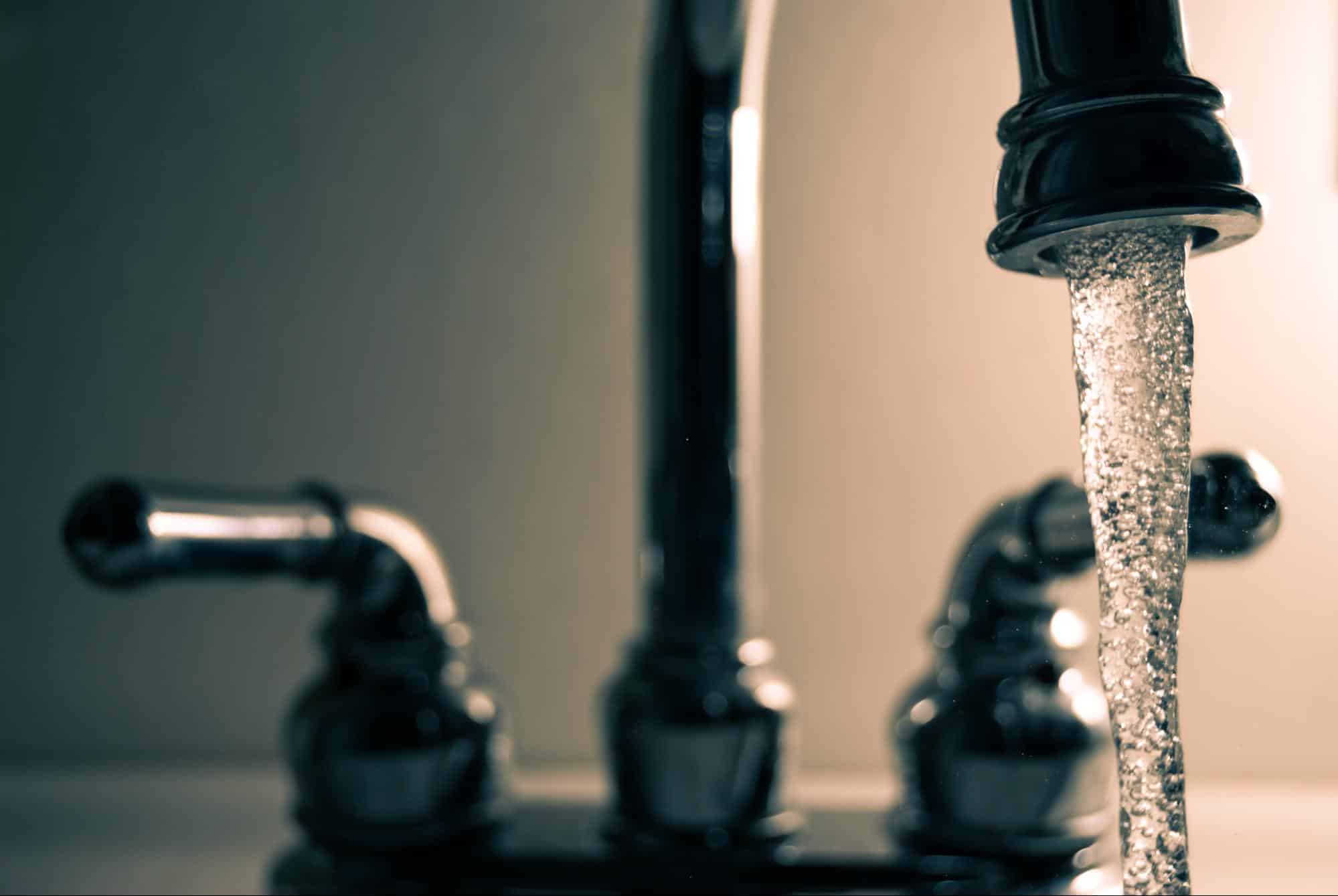Conserving Water at Home: More than Shorter Showers
Water is one of our most precious resources. Yet, every day, gallons slip away unnoticed in our homes. Many think of saving water and instantly picture shorter showers. But there’s a lot more swimming under the surface.
Start Smart: Every Drop Counts

Let’s talk numbers. A drop every second equals five gallons in a day. Five gallons wasted. From a single leaky faucet. Now multiply that by sinks nationwide. You’ll start to see it’s not just small stuff.
Fix those drips. Tighten those taps. This proactive approach saves more than you imagine. Don’t forget to regularly inspect outdoor spigots and garden hoses, which often go unnoticed. Weather changes and wear and tear can create leaks out of sight but not out of the environmental impact.
Consider investing in water-efficient fixtures in the bathroom. Low-flow toilets can save gallons with each flush. Pay attention to any unexpected spikes in your water bill, as they can alert you to hidden leaks. Educating family members about the importance of turning taps off can also make a significant difference in daily water consumption.
For households relying on septic systems, regular maintenance is crucial. Practices like scheduling a septic pumping Miami service can ensure your system runs efficiently and prevent potential water waste due to system backflow or unusual leaks.
Efficient Appliances Aren’t a Choice
Your washing machine and dishwasher gulp down water like they’re at an oasis. Choose appliances that sip, not guzzle. Models that reduce water usage by up to 50% exist. Own them. Use them.
Yes, they might cost a bit more upfront, but the savings on water bills and the environment don’t lie. It’s also important to only run these appliances with a full load, maximizing their usage without unnecessary water wastage. Not only does this conserve water, but it also means fewer washes and saved time for you.
Another clever tactic is utilizing delay features on appliances. This allows you to run appliances during off-peak hours when energy consumption is lower, supporting grid efficiency and potentially saving on electricity bills. Being mindful of maintenance, such as cleaning filters and checking hoses, ensures optimal performance and longevity of your water-friendly appliances.
Showers: It’s How You Use It
Changing shower habits doesn’t only mean standing under the spray for less. Think about efficient showerheads. Technology has turned these fixtures into water-savvy gadgets.
Or better still, shower with a partner occasionally. Share the water. Share the fun. Every bit helps! Consider collecting cold water that runs while waiting for it to heat up — it can be used for watering plants or washing dishes.
Implement a fun family challenge by timing showers to fewer than five minutes. Install timers to keep track, making it a game for kids to beat the clock. You’ll be surprised how a touch of competition can transform habits and contribute to water-saving efforts. Make the bathroom a reminder of conservation with posters showing the impact of water usage.
Clever Kitchen Tactics
The kitchen isn’t innocent in the water-wasting crime. Start by filling a basin to rinse veggies instead of letting the tap run.
Competing with shower heads, faucet aerators have joined the frugality club. They maintain pressure while cutting water usage. Try keeping a container in the freezer to store water used to rinse produce; this can then be used to make stock or water plants.
For coffee lovers, repurpose cooled brewing water on plants that thrive with a bit of acidity, like azaleas or ferns. Doing the dishes? Scrape rather than rinse plates before loading them in the dishwasher. Take it further by saving pasta cooking water for soups or sauces, infusing them with starchy goodness.
Yard Care with a Twist
Lawns are thirsty. Sprinklers tick away precious gallons, especially on windy days. Reset their timers. Water early. Water late. Minimize evaporation.
Swap out lush lawns for drought-resistant plants. Your yard becomes a low-water paradise that’s just as stunning. Be creative and use mulch; it helps retain moisture and keep the roots of your plants satisfied for longer periods.
Consider implementing a rain garden. These depressions in your yard catch and utilize rainwater runoff, naturally filtering it while providing a picturesque focal point. Planting native grasses around these areas invites ecological balance and reduces dependency on supplementary watering.
Catch and Reuse
Water lands on roofs, but it doesn’t stop there. Capture rainwater in barrels. Redistribute it to gardens and flowerpots, giving Mother Nature a break from mainline supplies.
Household gray water, notably from sinks and showers, can be rerouted. It might require a minor plumbing adjustment, yet the rewards are worth their weight in excess water. Your used cooking water, like from boiling pasta or vegetables, could also serve a second life in your garden!
Utilize the water from defrosting frozen items by catching it in a pan and using it to water non-edible plants or cleaning surfaces. Being resourceful with everyday activities can unveil hidden potentials for saving water, turning once-overlooked opportunities into mindful practices.
Conclusion
Conserving water at home is an exciting challenge with invaluable outcomes. It’s more than ticking off boxes or feeling righteous. It’s about making an impact. From minor changes to substantial renovations, every step taken is a tribute to sustainable living. Embrace the responsibility. Nurture the change. Preserve the future.







